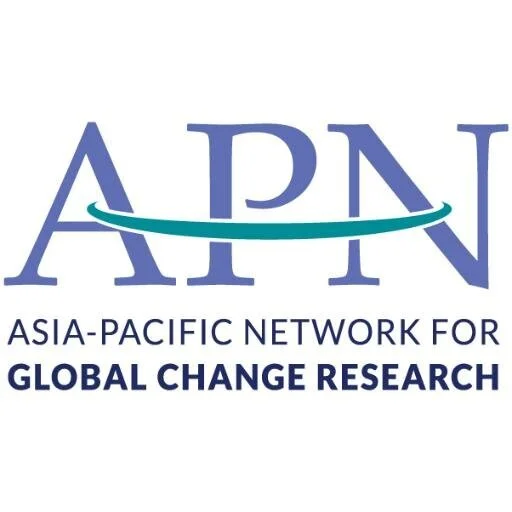
Consumption Cities
Today, more than half of the world’s 6 billion inhabitants live in cities. And this number is only growing. By 2050, 80% of the world’s population will reside in urban centers. This is the first time in history that the majority of people on the planet are living in cities. What does this mean for the future of our cities, environmental issues, and the quality of life for urban dwellers, here in New York and around the world? More specifically, what will these spaces and the people within them, consume? Cities require large amounts of resources that come from all over the country, the continent and the world making them huge consumers. But their high population density and effective public transportation may be our best hope of creating more sustainable communities.
With increasing resource scarcity and mounting environmental impacts, it is crucial to identify how and why urban residents use resources, which may hold the key to understanding the process of creating sustainable cities. The Consumption Cities core program area seeks to explore and understand the duality of urban existence. By examining the factors that influence patterns of consumption in NYC and their impact on sustainability, this program seeks to engage key stakeholders in developing policies and programs that promote sustainable consumption.
Program Leader: Prof. Peter Marcotullio, Ph. D.

Program Leader: Prof. Peter Marcotullio, Ph. D.
Program Activities and Events:
Multi-scaled Environmental and Social Impacts from Meat Demand in the New York Megacity
This project attempts to examine trends in meat production, distribution and consumption and the associated environmental and social impacts. We define environmental impacts by scale; local, regional and global. Local impacts include changes to the urban ecosystem biogeochemical cycles (particularly nitrogen, carbon and phosphorous). Regional impacts include water consumption, water quality degradation and land use change in the tri-State area. Global impacts include greenhouse gas emissions from meat production and land and water use burdens associated with imports. We also calculate the total amount of energy necessary to produce, supply and consume all meats.
Social impacts are viewed at the local level and largely include analyses of differential access to different types of meat (live, fast food, organic, conventional cut). Analyses include differential access to these different types for beef, pork, chicken and lamb by income and ethnicity. The project is on-going. Preliminary analyses for some aspects are currently available.
Long Island 2035
Long Island 2035 is a project that aims to create broad consensus for how Long Island should develop over the next generation and works to create an action strategy to achieve this vision. The initiative builds off of three years of related work that has occurred at the local level with many vested stakeholders. Led by the CUNY Institute for Urban Systems (CIUS) and the Regional Plan Association, the project is served by many other partnering organizations, ISC being one of them. ISC facilitates Long Island 2035 by providing work space, research assistants, GIS models and other contributions to the project.
Find out more at the Long Island 2035 website.
Click here to download the final report

























